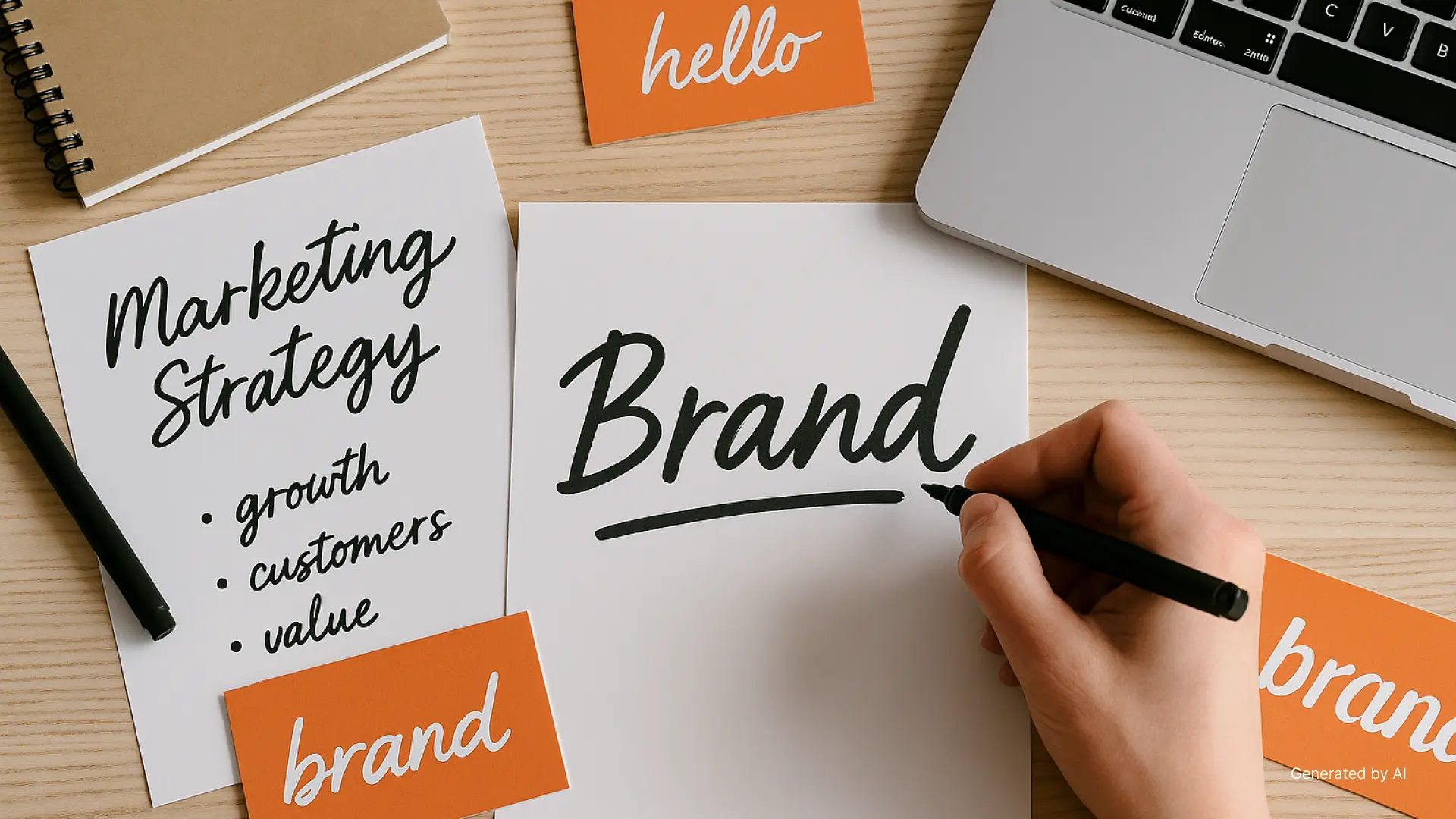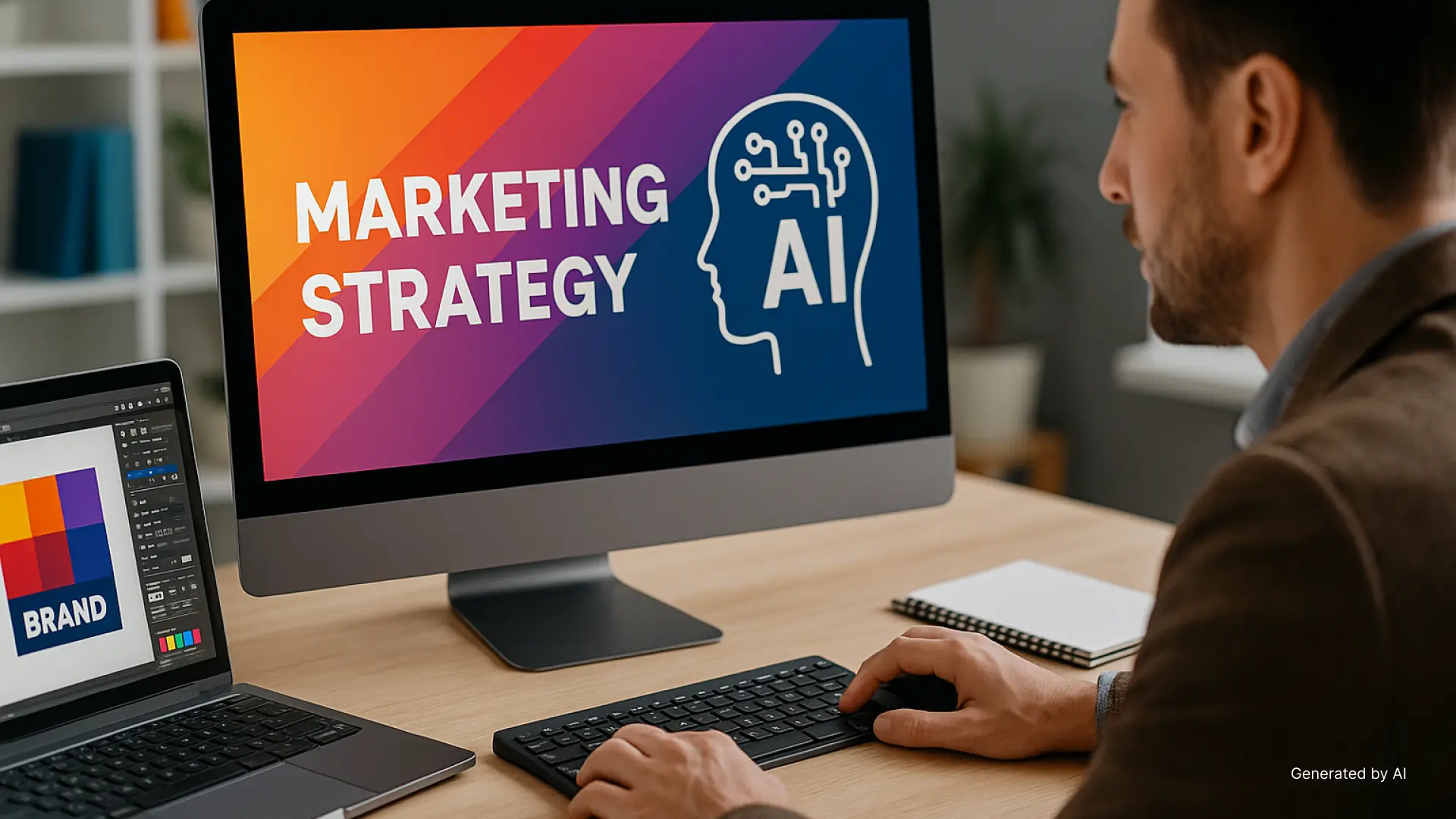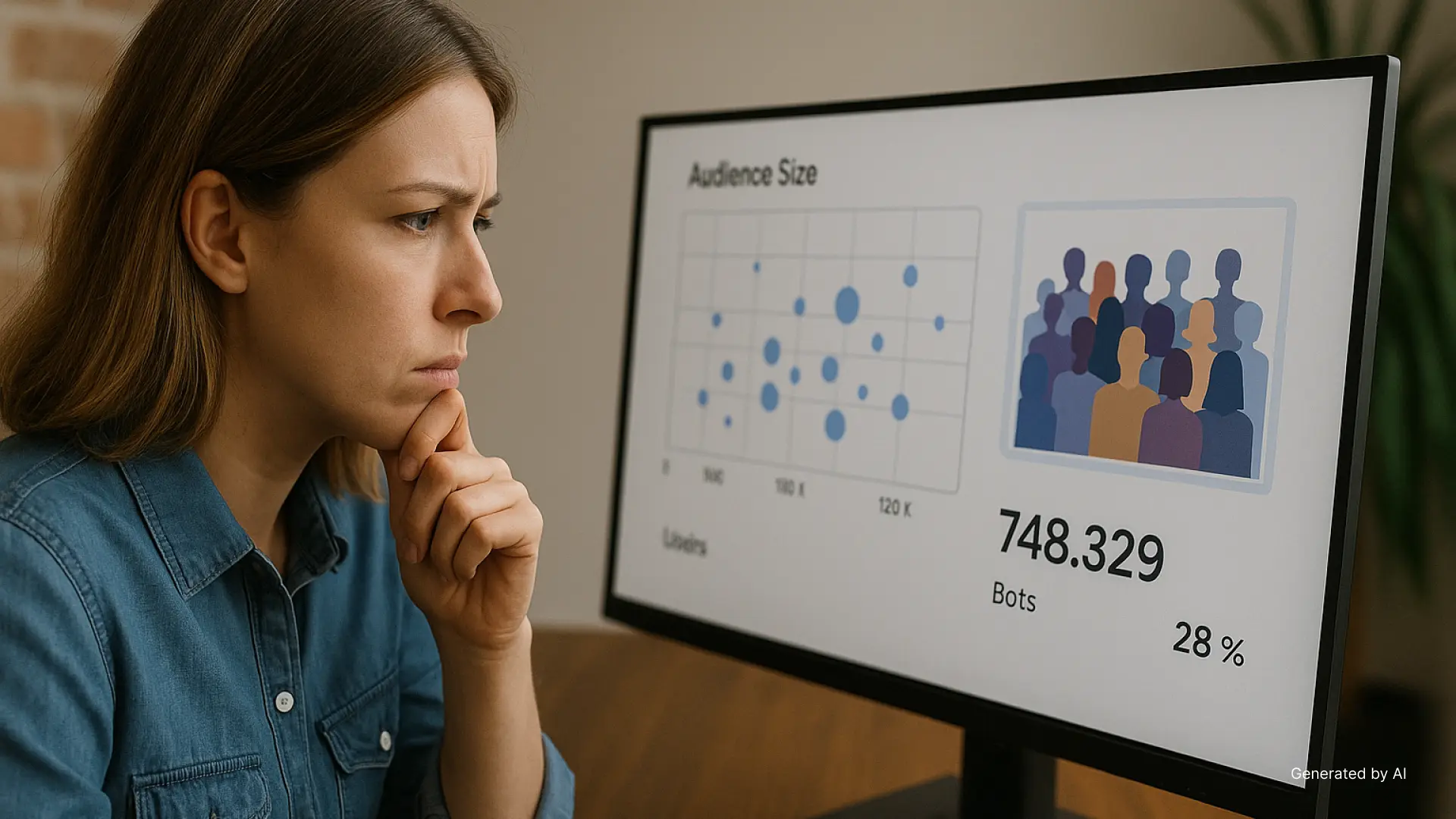Are Digital Audiences Real? What Marketers Must Know in 2025
In 2025, marketers face a fundamental question that underpins every digital strategy: are the digital audiences they are paying to reach truly human, engaged individuals, or are they a complex mix of bots, misrepresented data, and fleeting attention? The online landscape has evolved rapidly, making it increasingly challenging to discern genuine engagement from artificial traffic. This environment often forces a “leap of faith” when acquiring third-party audience segments, as marketers frequently lack clear visibility into the data sources, behaviors, or attitudes that define these groups. As consumer preferences and behaviors continue to shift at an unprecedented pace, understanding who is truly being reached becomes paramount.
Without a clear understanding and validation of digital audiences, businesses risk significant financial inefficiencies and potential brand damage. Investing in digital advertising without verifying the authenticity of the audience leads directly to wasted ad dollars and a diminished return on ad spend (ROAS). Furthermore, making strategic decisions based on inaccurate audience data can lead to misguided campaigns, while serving advertisements to irrelevant or non-human audiences can negatively impact a brand’s perception and credibility. For marketers and media strategists, confidence that their audience investments deliver genuine results is no longer a luxury but a necessity. The very foundation of effective digital marketing, from precise targeting to optimal budget allocation, rests on the assurance that the audiences being engaged are, in fact, real.
The lack of transparency in programmatic advertising, where audience segments are often purchased without deep insight into their origins, creates a systemic trust deficit. This opacity forces marketers to operate with a degree of uncertainty, undermining the very premise of data-driven marketing. When the source of audience data is questionable, the effectiveness of subsequent campaigns becomes inherently compromised, leading to inefficient ad spend and a reluctance to fully commit to digital channels despite their vast reach. This erosion of confidence can have a cascading effect, impacting not only immediate campaign performance but also long-term strategic planning and brand investment.
The rapid advancement of AI presents a complex dynamic in this arena. While AI tools are revolutionizing ad tech and enabling sophisticated matching of advertisers with global audiences, they simultaneously make detecting non-human traffic, such as bots, more difficult. This means that simply adopting AI for marketing isn’t a complete solution; it necessitates a proactive approach to investing in counter-AI measures, such as advanced audience validation and fraud detection technologies, that can keep pace with the evolving sophistication of malicious AI applications. The ability to leverage AI defensively, to ensure the authenticity of digital audiences, is as crucial as using it for offensive targeting.
The Silent Saboteur: Combating Digital Ad Fraud in 2025
Digital ad fraud has emerged as a monumental challenge, siphoning off billions from marketing budgets globally. Projections indicate that ad fraud will cost over $114 billion in 2025 worldwide, with this figure expected to climb to $172 billion by 2028. This staggering sum translates to approximately $1 of every $3 spent on marketing being lost to fraudulent activities. The financial implications are particularly acute in regions like the GCC, where an estimated $312 million in ad spend is forecasted to be wasted in 2025, with Google and Meta platforms being significant targets for these illicit activities. This level of financial drain transforms ad fraud from a mere marketing inefficiency into a strategic business risk, demanding C-suite attention and robust, company-wide risk management solutions. Its scale and profitability, sometimes likened to illicit trades, underscore the need for comprehensive defense mechanisms that protect the entire business, not just the marketing budget.
The threats posed by ad fraud are becoming increasingly sophisticated and pervasive. Bots, for instance, account for a significant portion of digital traffic, with 42% of all online traffic attributed to bots, and 65% of these being malicious. Even seemingly legitimate organic and direct traffic can be compromised, with up to 27% potentially including bots and fake users. The evolution of these threats is evident in the rise of Sophisticated Invalid Traffic (SIVT), which constitutes 82.9% of invalid traffic in the GCC region, leveraging advanced techniques like geo-masking to evade detection.
Beyond direct financial loss, ad fraud is intrinsically linked to brand safety concerns. A substantial 75% of companies acknowledge that brand safety impacts their business, yet only 26% are actively taking measures to address it. The dangers include the proliferation of AI-generated misinformation and deepfakes, as well as algorithmic misplacement within programmatic advertising ecosystems. This means advertisements can inadvertently appear alongside offensive, misleading, or even extremist content, severely damaging a brand’s integrity and credibility. The sheer volume of content being uploaded daily, for example, 500 hours of video to YouTube every minute, makes manual review and filtering an impossible task, highlighting the need for automated yet nuanced solutions. The pursuit of scale and efficiency in programmatic advertising often prioritizes impressions over contextual relevance, leading to both ad fraud and brand safety violations. This dual impact underscores that a comprehensive solution must address both traffic validation and contextual brand suitability to safeguard both ROI and brand reputation.
The impact of ad fraud extends across diverse industries, making no sector immune. E-commerce, for instance, faces an average Invalid Traffic (IVT) rate of 15.42%, where bots and fake clicks deplete ad budgets and distort crucial campaign metrics, ultimately reducing ROI. Other sectors, including real estate, financial services, automotive, telecommunications, and insurance, are also attractive targets for fraudulent schemes due to high Cost Per Click (CPC) rates. In these industries, fraud compromises lead quality, wastes valuable marketing resources on invalid inquiries, and provides distorted analytics, making effective resource allocation a significant challenge. Protecting these investments is crucial for maintaining a competitive edge and ensuring every marketing dollar translates into meaningful opportunities.
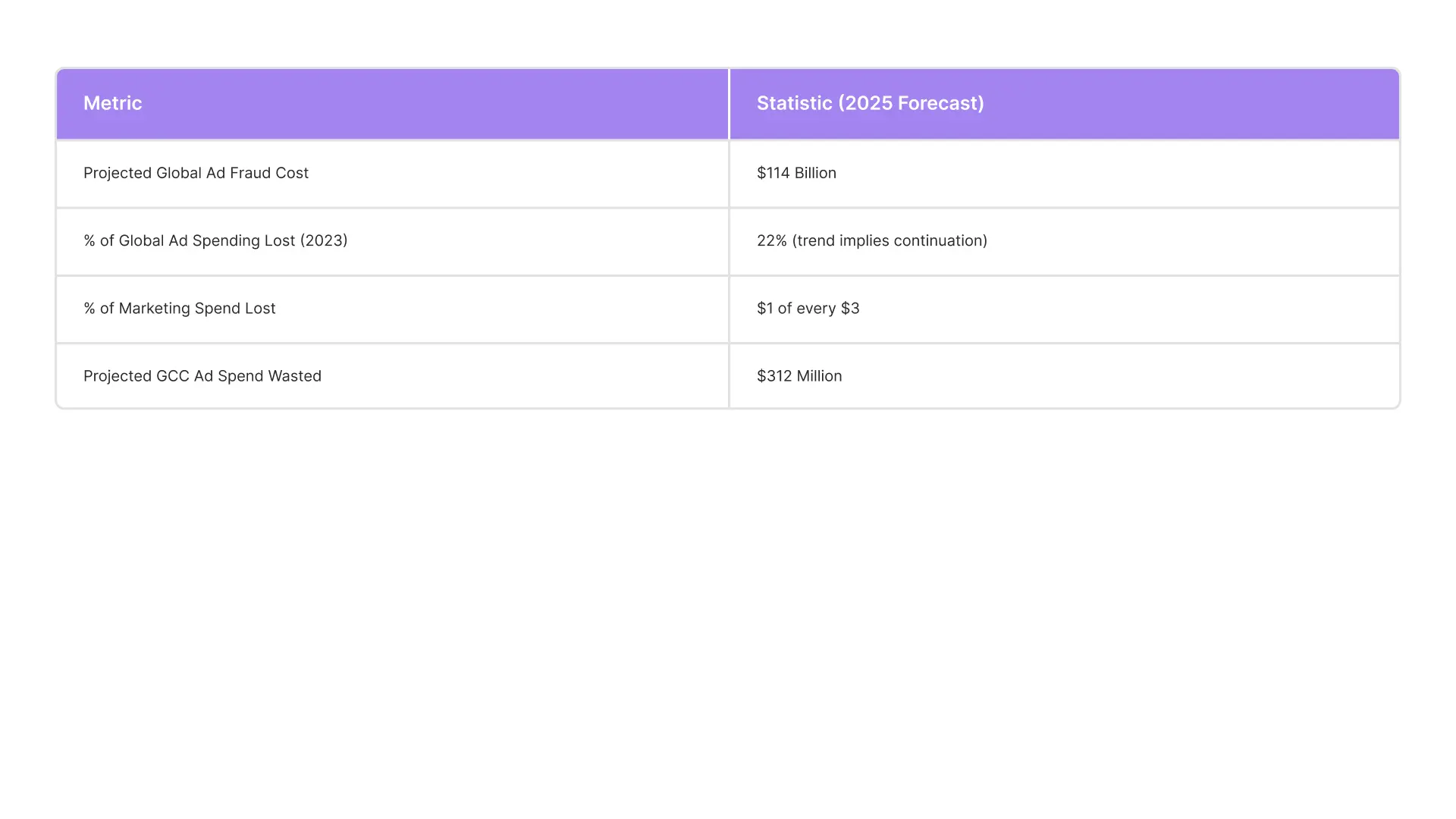
Precision in a Privacy-First Era: Mastering Customer Targeting for 2025
In 2025, hyper-personalization has transitioned from a desirable feature to an absolute necessity for capturing the attention and loyalty of modern consumers. AI is at the forefront of this transformation, empowering brands to deliver ultra-targeted, tailor-made experiences that resonate deeply with individual preferences. This ranges from dynamic website recommendations to emails that intelligently adapt based on a customer’s every click. Despite the widespread adoption of personalization strategies, a significant discrepancy exists: while 84% of businesses believe they provide “good” or “excellent” personalized customer engagement, only 54% of consumers agree. This gap often stems from foundational issues such as siloed data systems, outdated technology, and inconsistent data quality, which hinder the ability to deliver truly meaningful and consistent personalization.
Navigating the future of customer engagement requires a delicate balancing act between delivering the personalization consumers expect and respecting their growing demand for privacy. Ethical data collection and usage are no longer optional but have become non-negotiable for privacy-conscious customers. With major browsers like Chrome phasing out third-party cookies by 2025, marketers are proactively shifting their strategies towards zero-party and first-party data collection. This strategic pivot not only enables more tailored customer experiences but also aligns with evolving privacy expectations, fostering greater trust with digital audiences.
The regulatory landscape is also rapidly evolving, with laws such as GDPR, CCPA, COPPA, and Europe’s Digital Services Act (DSA) and Digital Markets Act (DMA) significantly reshaping how companies collect, store, and utilize consumer data. These regulations mandate explicit consent and transparency, directly impacting traditional targeted advertising methods. The consequence can be smaller custom audiences and a potential decrease in ROAS if businesses fail to adapt effectively. The challenge is not just about compliance, but about leveraging privacy as a foundation for innovation and growth, where trust becomes the new currency in the relationship between brands and their consumers. Companies that prioritize ethical data practices and transparently collect first-party data are poised to gain a significant competitive advantage, as customers are more likely to willingly share data with brands they trust. This moves beyond mere regulatory adherence to a powerful brand-building opportunity.
In this privacy-first environment, AI emerges as an indispensable ally for customer targeting. AI models are becoming increasingly powerful, capable of processing vast amounts of data to understand intricate consumer behavior patterns, enabling real-time adjustments to customer experiences. Predictive analytics, powered by AI and machine learning, analyze historical data to forecast future outcomes, allowing marketers to anticipate customer behavior and allocate budgets with greater precision and effectiveness.
Furthermore, AI-driven audience segmentation, particularly when leveraging first-party data, is becoming essential for effective targeting in a cookieless world. AI can analyze patterns such as shopping habits, preferred communication channels, and engagement trends without relying on traditional cookies, enabling marketers to generate highly relevant lookalike audiences and refine their reach. The deprecation of third-party cookies is not merely a technical hurdle; it represents a fundamental re-architecture of how digital audiences are understood and targeted. This shift elevates first-party data to the status of a strategic goldmine, making it the central, indispensable asset for effective marketing. Businesses that fail to invest in robust first-party data collection and management systems, such as Customer Data Platforms (CDPs), risk being severely disadvantaged in this evolving landscape. This necessitates a significant strategic shift towards cultivating direct customer relationships and owning proprietary data, moving away from reliance on external data brokers.
Driving Tangible Results: Maximizing Marketing ROI with Data in 2025
In today’s intricate digital marketing landscape, moving beyond vanity metrics to measure true return on investment (ROI) is more critical than ever. ROI serves as a vital performance metric, evaluating the success of an investment by quantifying whether the returns justify the initial expenditure. For businesses, regularly calculating ROI is not just good practice; it is a direct pathway to securing increased marketing budgets, with marketers who consistently do so being 1.6 times more likely to achieve budget increases. While a 5:1 ROI (meaning $5 back for every $1 spent) is generally considered strong in digital marketing, truly exceptional performance often aims for a 10:1 ratio.
The direct link between accurate data and improved marketing ROI cannot be overstated. Without audience validation, marketers are effectively wasting ad dollars and diminishing their return on ad spend. Conversely, precise data regarding who is being reached enables crucial in-flight adjustments to campaigns, leading to significantly improved performance and safeguarding brand reputation. The ability to make confident ad buys, assured that the targetable digital audiences are real and relevant humans, and are the cornerstone of maximizing campaign effectiveness. The pursuit of high marketing ROI is directly dependent on the quality and accuracy of the data underpinning campaigns. Inaccurate data is not a minor flaw; it is a direct impediment to financial returns, making investment in data hygiene, audience validation, and robust analytics tools a direct investment in profitability, not merely a cost center.
Several key trends are poised to drive significant marketing ROI in 2025. The integration of AI, for instance, is projected to power 70% of digital marketing strategies, revolutionizing personalization, automation, and data analysis. By 2025, AI-driven strategies are expected to account for 75% of all marketing activities, underscoring its transformative power.
Short-form video continues to be a dominant force, identified by 21% of marketers as delivering the highest ROI. Furthermore, 73% of users find videos under two minutes to be the most effective, highlighting the power of concise, engaging content. User-generated content (UGC) also plays a pivotal role, with 79% of consumers reporting that UGC significantly impacts their purchasing decisions, and influencing 90% of shoppers’ buying choices overall. This authentic content fosters trust and community around a brand.
Social commerce is experiencing continued growth, with social networks projected to generate 17.11% of total online sales in 2025. Influencer posts are also a powerful driver, inspiring monthly purchases for 49% of consumers. The value of social media is evolving beyond direct conversion metrics to encompass broader brand-building, customer loyalty, and community engagement. This requires marketers to adopt a more holistic framework for measuring social media ROI, incorporating metrics such as brand sentiment, customer lifetime value, and even customer support cost reductions, by integrating social data with other business intelligence.
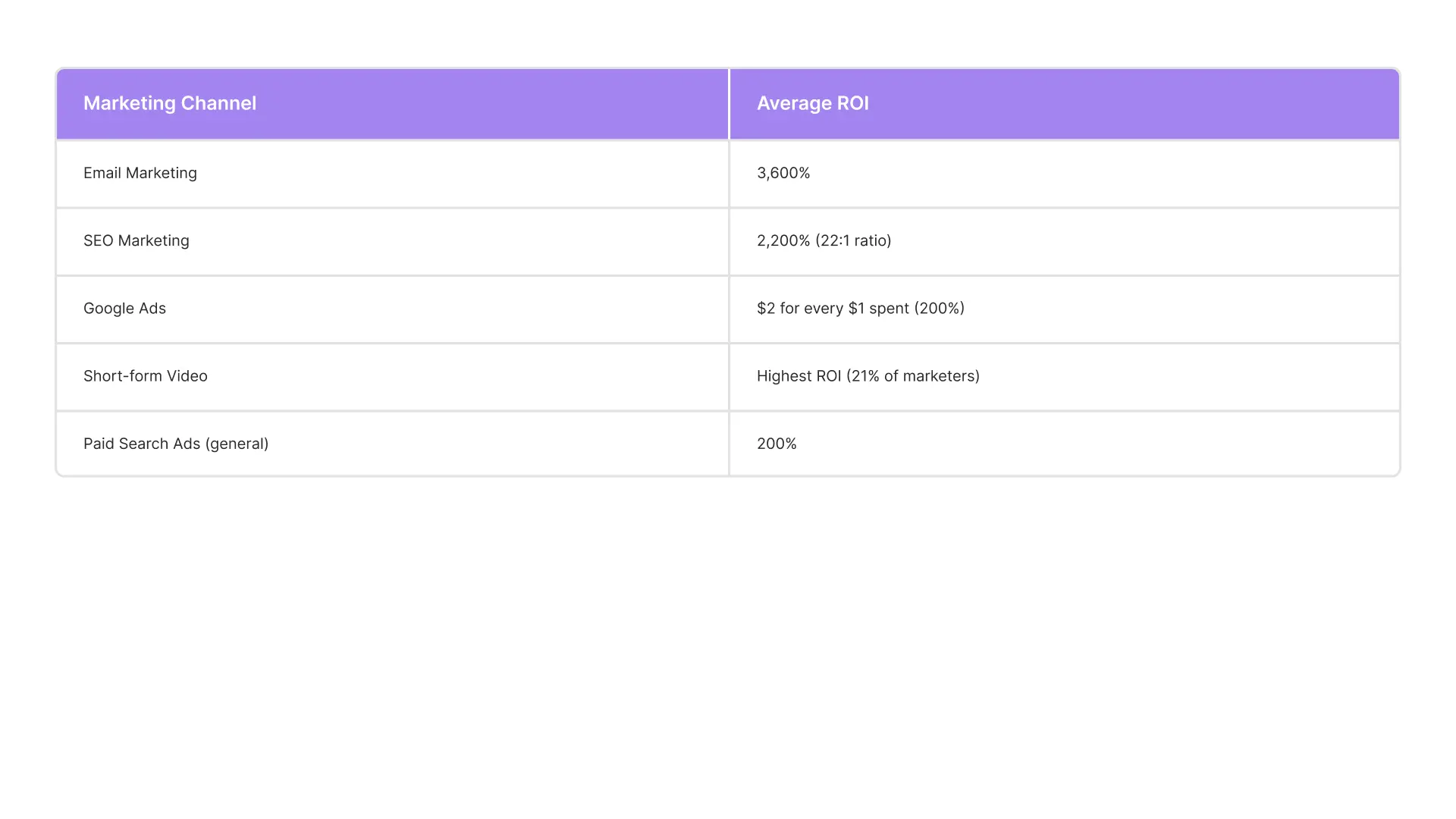
Partnering for Authentic Digital Connections: How We Empower Your Brand
At Jordie’s Creative Agency, we understand the intricate complexities of the 2025 digital landscape. We combine strategic planning, creative excellence, and deep data analysis to ensure your brand connects with real digital audiences and achieves measurable results. Our approach goes beyond merely turning ideas into results; we curate experiences that captivate and drive engagement, embodying our mission to empower brands by delivering innovative and creative solutions that connect, inspire, and engage their audiences. We are committed to helping businesses navigate the challenges of ad fraud, privacy regulations, and evolving consumer behaviors, ensuring their marketing efforts are both effective and ethical.
In a digital ecosystem often characterized by distrust and data opacity, our collaborative “we” approach is a deliberate choice to build strong partnerships and foster confidence. This tone, reinforced by testimonials from satisfied clients who highlight our communication, professionalism, and understanding of their vision, implicitly addresses the need for trust and partnership in a complex environment. It positions us as a collaborative partner, not just a vendor, reassuring clients that they are not navigating the intricate 2025 landscape alone. This approach directly counters the “leap of faith” problem many marketers face, demonstrating a shared commitment to achieving tangible outcomes.
Our Services Designed for Your Digital Success:
We offer a comprehensive suite of services designed to address the challenges and opportunities of the 2025 digital marketing environment, ensuring your brand stands out and thrives:
- Brand Positioning & Logo Design: We craft cohesive branding that tells your story, reflects your values, and ensures consistency across all touchpoints, building trust and differentiating you from competitors.
- Website Design & Development: We build SEO-friendly, fast, responsive websites, from high-converting landing pages to robust eCommerce solutions, ensuring seamless user experiences and turning visitors into customers.
- Search Engine Optimization (SEO): We deliver expert SEO strategies to improve visibility, attract targeted traffic, and increase conversions, optimizing your site to rank higher in search results.
- Content Marketing: We deliver content that drives audience engagement, establishes trust, and enhances brand authority, from SEO-friendly blogs and articles to compelling website copy and video scripts.
- Social Media Marketing: As a top social media marketing agency, we create result-driven strategies to boost brand awareness, drive audience engagement, and generate leads, from content creation to highly targeted ad campaigns.
- Pay-Per-Click (PPC) Services: We maximize your ad spend, reach your ideal audience, and achieve business goals with custom PPC campaigns, ensuring every click counts and boosting your conversions.
- UI/UX Design: We focus on creating intuitive, user-friendly, and visually appealing interfaces that enhance the customer journey and bridge business goals with user needs.
- Video Marketing: We leverage the power of video through script writing and strategic content creation to enhance storytelling and keep viewers engaged, recognizing its high ROI.
The Future of Digital Engagement is Real: Connect with Confidence
In 2025, the authenticity of digital audiences is not merely a technical detail but a cornerstone of effective marketing. Marketers must move beyond assumptions and actively validate their reach to combat rampant digital ad fraud and ensure brand safety. This proactive stance protects not only financial investments but also the invaluable reputation of a brand.
Mastering customer targeting in a privacy-first, cookieless world requires a strategic pivot towards first-party data and the intelligent leveraging of AI for hyper-personalization and predictive analytics. The ability to understand and engage genuine human connections, while respecting their privacy, will differentiate leading brands. Ultimately, every marketing effort must be meticulously measured for its marketing ROI, driven by a commitment to data-driven marketing, optimized content, and a holistic understanding of audience engagement across diverse and evolving platforms.
Navigating this dynamic and often challenging environment demands expertise, foresight, and a partner committed to delivering real results. At Jordie’s Creative Agency, we are dedicated to helping your brand thrive by connecting you with genuine digital audiences and maximizing your impact. We believe that the future of digital engagement is real, and it’s built on trust, transparency, and strategic innovation.
Ready to transform your digital strategy and ensure your marketing investments deliver tangible value? Let’s connect and build a future where your digital audiences are not just numbers, but real, engaged customers driving your success. Contact us!

